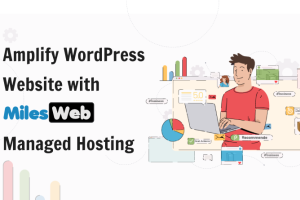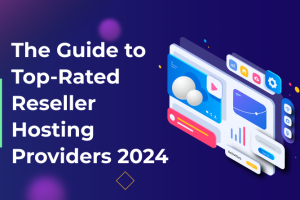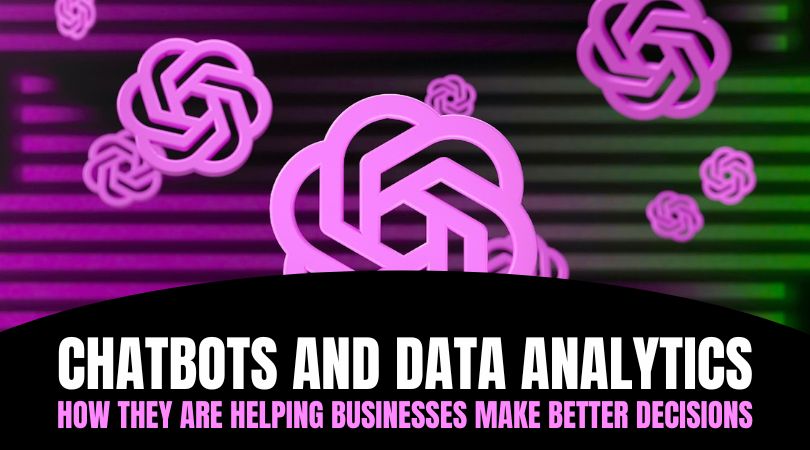Conversational AI as the next frontier to data analysis
In today’s digital age, businesses are constantly seeking innovative ways to gain insights from their data and make better decisions.
One emerging technology that is revolutionizing the field of data analysis is conversational AI. Conversational AI refers to the use of chatbots, virtual assistants, and other natural language processing tools to automate conversations with users.
These intelligent systems are capable of understanding and responding to human language, making them a valuable asset for businesses looking to extract valuable insights from their data.
The beauty of conversational AI lies in its ability to interact with users in a conversational manner.
Unlike traditional data analysis methods, which often involve complex data queries and analysis, conversational AI allows users to simply ask questions and receive instant answers in a natural language format.
This makes data analysis more accessible to a wider range of users, including those without a technical background.
By empowering users to interact with their data in a conversational manner, conversational AI opens up new possibilities for businesses to uncover valuable insights and make better decisions.
Chatbots and Current Data Eruption Scenario
In today’s fast-paced business environment, organizations are generating massive amounts of data on a daily basis.
This data eruption has created a unique challenge for businesses – how to effectively analyze and derive meaningful insights from this overwhelming volume of data. This is where chatbots come into play.
Chatbots can be programmed to analyze vast amounts of data in real-time, enabling businesses to gain valuable insights and make data-driven decisions.
Chatbots are designed to understand natural language and interact with users in a conversational manner.
This means that businesses can now have meaningful conversations with their data, asking questions and receiving instant answers.
For example, a sales manager can ask a chatbot about the sales performance of a particular product in a specific region, and receive instant insights on factors impacting sales, customer preferences, and market trends.
This real-time analysis allows businesses to make timely decisions and respond quickly to changing market conditions.
How conversational analytics can bring the change!
Conversational analytics refers to the use of conversational AI tools, such as chatbots, to analyze data and provide valuable insights.
This approach enables businesses to leverage the power of natural language processing to gain a deeper understanding of their data and make more informed decisions.
One of the key advantages of conversational analytics is its ability to provide real-time insights. Traditional data analysis methods often involve time-consuming processes, such as running complex queries and generating reports.
With conversational analytics, businesses can get instant answers to their questions, eliminating the need for manual data analysis and speeding up decision-making processes.
Another advantage of conversational analytics is its accessibility. Traditional data analysis tools often require technical expertise to operate, limiting their usability to a select group of users.
Conversational AI, on the other hand, is designed to be user-friendly and intuitive. This means that users with little or no technical background can easily interact with their data, making data analysis more accessible to a wider range of users within the organization.
Chatbot — Stages of Maturity in context of customer experience
As businesses embrace chatbots for data analysis, it is important to understand the stages of maturity in the context of customer experience.
Chatbots have evolved significantly over the years, from simple rule-based systems to sophisticated AI-powered virtual assistants.
Understanding these stages of maturity can help businesses make better decisions when implementing chatbot solutions.
The first stage of chatbot maturity is the rule-based stage. In this stage, chatbots are programmed with a set of predefined rules and responses.
While these chatbots can handle simple queries and provide basic information, they lack the ability to understand context and engage in meaningful conversations.
The second stage of chatbot maturity is the machine learning stage. In this stage, chatbots are trained on large datasets to improve their ability to understand and respond to user queries.
Machine learning algorithms enable chatbots to learn from past interactions and continuously improve their performance.
The final stage of chatbot maturity is the AI-powered stage. In this stage, chatbots are equipped with advanced natural language processing capabilities, enabling them to understand and respond to complex queries in a human-like manner.
These AI-powered chatbots can engage in meaningful conversations with users, providing personalized recommendations and insights based on their unique needs and preferences.
Chatbot Analytics and Data Interaction
Chatbot analytics plays a crucial role in enabling businesses to gain valuable insights from their data.
By analyzing user interactions with chatbots, businesses can uncover patterns, trends, and user preferences, which can inform decision-making processes.
Here are some key ways in which chatbot analytics can enhance data interaction:
- User behavior analysis: By analyzing user interactions with chatbots, businesses can gain insights into user behavior and preferences. This can help businesses tailor their products and services to better meet the needs and preferences of their customers.
- Sentiment analysis: Chatbot analytics can also help businesses understand the sentiment of their customers. By analyzing the language and tone used by users in their interactions with chatbots, businesses can gauge customer satisfaction and identify areas for improvement.
- Data-driven decision-making: By analyzing user interactions with chatbots, businesses can uncover valuable insights that can inform decision-making processes. For example, businesses can identify emerging trends, understand customer preferences, and optimize their marketing strategies based on insights derived from chatbot analytics.
Conclusion
In conclusion, chatbots and data analytics are a powerful combination that is helping businesses make better decisions.
Conversational AI, powered by chatbots, enables businesses to interact with their data in a conversational manner, making data analysis more accessible and user-friendly.
Chatbots can analyze vast amounts of data in real-time, providing businesses with instant insights and enabling them to make data-driven decisions.
With the ability to understand natural language and engage in meaningful conversations, chatbots are transforming the way businesses analyze and interact with their data.
By leveraging the power of conversational analytics, businesses can gain valuable insights, improve customer experiences, and drive growth.
So, embrace the power of chatbots and data analytics, and take your business decision-making to the next level.
Call-to-Action (CTA): Ready to unlock the power of chatbots and data analytics for your business? Contact us today to learn how we can help you make better decisions and drive growth.














